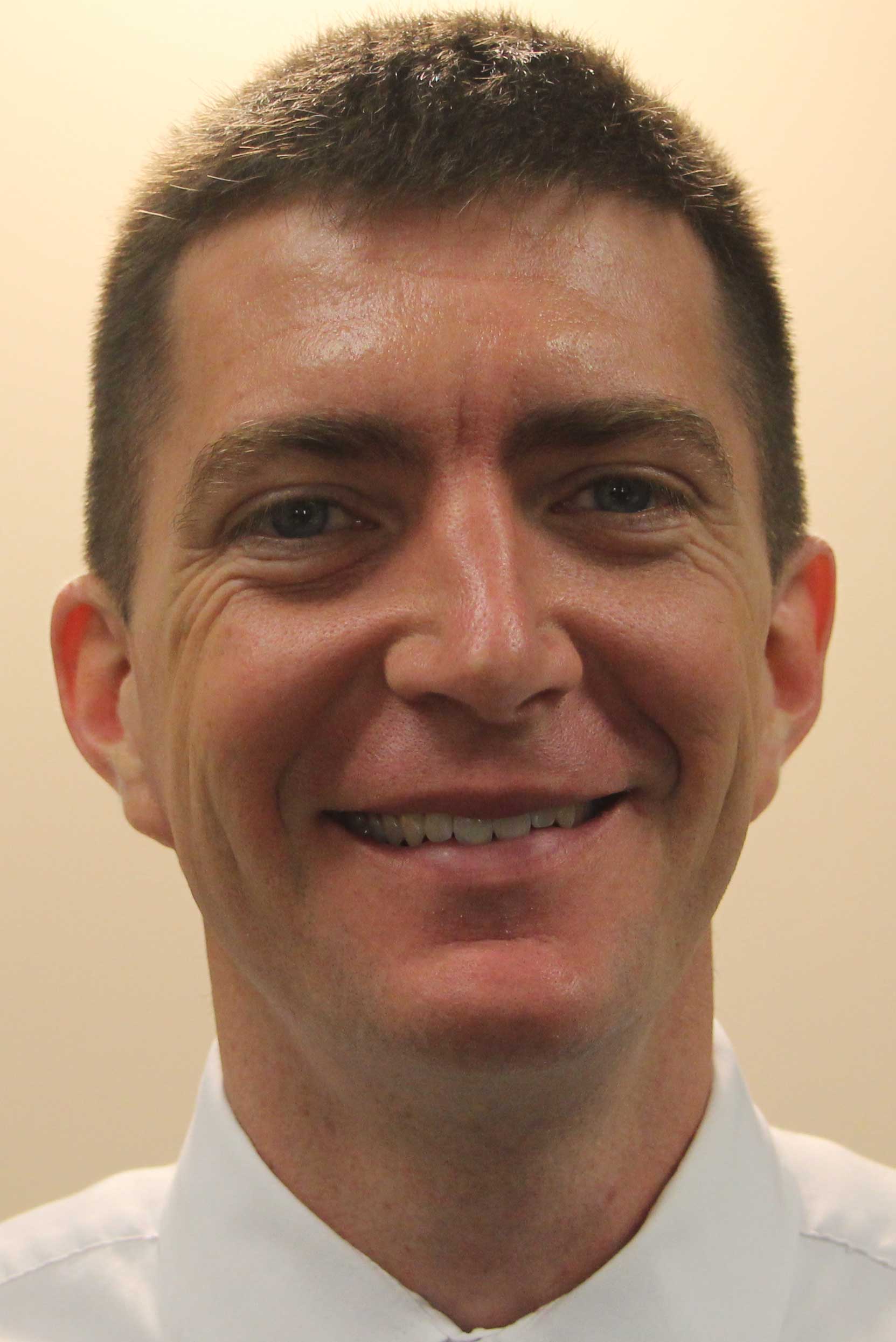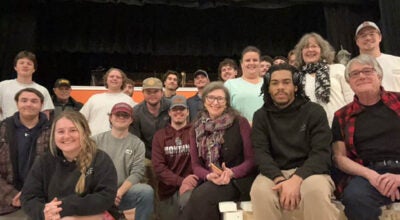‘A chance to talk about safety’
Published 5:56 pm Thursday, October 31, 2019
Virginia Department of Transportation (VDOT) Resident Engineer Scott D. Frederick opened up the Highway Matters portion of the Prince Edward County Board of Supervisors meeting Oct. 8 with a brief presentation that strongly encouraged reckless drivers in the area to make safer choices.
He noted having also shared some of this presentation at a recent town hall meeting held by Hampden District Supervisor Dr. Odessa Pride.
“I never want to miss a chance to talk about safety,” he said. “Prior to the town hall meeting, I prepared some numbers about Prince Edward County and some just general Virginia data as well.
“In 2018, there was 131,848 crashes in the entire state; 819 were fatal crashes, so 819 fatalities total in 2018,” he said. “So Prince Edward County had 426 crashes in 2018; 204 of those crashes had injuries involved, and three of them were fatal crashes.”
The detail of there being three fatal crashes proved to be a key one to remember later on in his presentation.
“There’s 11,752 licensed drivers in this county if the data I found online was accurate,” he continued. “So, we have a way of calculating a death rate, and that’s to take the number of fatalities divided by the number of licensed drivers, and you multiply it by a thousand. You do that for Prince Edward County last year (and) that comes out to 0.26. To just say that doesn’t necessarily ring a bell, but 0.26 deaths per 1,000 drivers, that comes out roughly to one in 4,000 people that were licensed drivers died in Prince Edward County last year.
“That’s kind of a sobering thought to me, because I probably meet about 4,000 people in a year’s time, so one of those people might be that 0.26,” he added.
Frederick then shared some other facts available to him with regard to Prince Edward’s 2018 crashes.
“There’s three categories I looked at — ones that had alcohol-related, speed-related or unbelted drivers, not wearing their seatbelts, basically,” he said. “(In) 25 of those crashes, there was alcohol involved, and 13 of those 25 had injuries, and then two of them had fatalities. And then in the speed category, there were 79 crashes where speed was a contributing factor. Forty-four of them had injuries related, and two of them were fatal. And then for the unseatbelted category, there’s 26 crashes that were unseatbelted. Eighteen of them had injuries, and one of them was fatal.
“So if you’re counting, that was two fatalities in the alcohol (category), two fatalities in the speed (category) and one in the unbelted (category),” he continued. “So if you’re a numbers person, that adds up to five, and that’s more than the three that I mentioned a second ago.”
Frederick received some minor, audible feedback at the meeting indicating the apparent discrepancy he was pointing out had been acknowledged. But then he explained why there was no discrepancy at all.
“You can be in more than one category, so potentially, one of those crashes could have been with (an) alcohol-related, speeding and unseatbelted (driver),” he said. “And sometimes when something goes wrong, there’s more than one thing contributing to the problem.”
Reflecting on the information he had just shared, Frederick came to a key point he wanted people to glean from it all.
“I wish people made safer choices, because a lot of times people come to me and try to say that they want me to fix a problem because my road is about to kill somebody or something,” he said. “But I’m not doing any of that stuff — the drinking and the speeding and the unbealted stuff.”
He made sure to note that he was not saying that there are not tragic situations where the driver is not at fault, and he also made sure to add, “Our roads aren’t perfect. I won’t stand up here and say that we don’t have problems out there, but we are working …”
At the end of his presentation he added a couple more statistics highlighting the paramount importance of wearing a seatbelt.
“Forty-seven percent of people killed are not buckled up — that’s nationwide,” he said. “And I think 89% of people nationwide wear their seatbelts, so that means 11% of people don’t wear their seatbelt in the nation. And then out of the fatalities, 50% of the fatalities come from that category of people that aren’t wearing their seatbelt.
“So, the National Highway Traffic Safety Administration has put it on their website that you’re 45% more likely to survive a crash if you’re buckled up,” he said. “So, I don’t know, maybe if I haven’t done anything else tonight I’ve prepared somebody to wear their seatbelt that normally doesn’t wear it.”
As Frederick was about to start his routine VDOT update for the board, Farmville 701 District Supervisor and Board Chairman Jim Wilck posed a question to Frederick in light of his focus on statistics regarding crashes.
“I understand there’s a possibility that marajuana may be legalized in Virginia in the next year or two,” Wilck said. “That, I’m sure, will increase the impaired drivers and so forth. Have you got into the statistics yet as to … alcohol impairs X percent of the drivers, how much more (marajuana) will do?”
Frederick said, “I personally have not looked into that yet, but I’ve dealt with other states legalizing it. Maybe they have noticed an uptick …”
“I saw a figure,” Wilck said. “They thought, if they did legalize it, that they would save $80 million a year in enforcement. And I was wondering how much is it going to go the other way, the cost of it from the impaired driver part?”
Frederick said, “I don’t personally have that info, and I don’t even know where to look, but I could try to maybe do a little research on it and let you know. Good question.”






